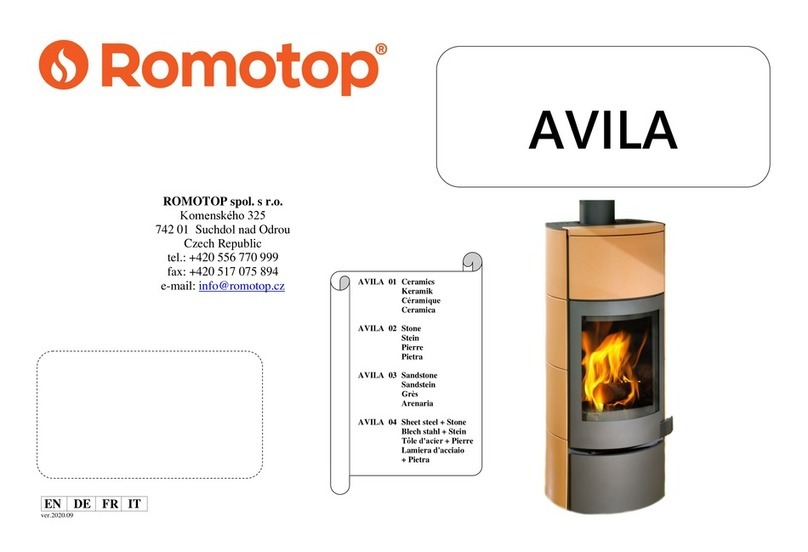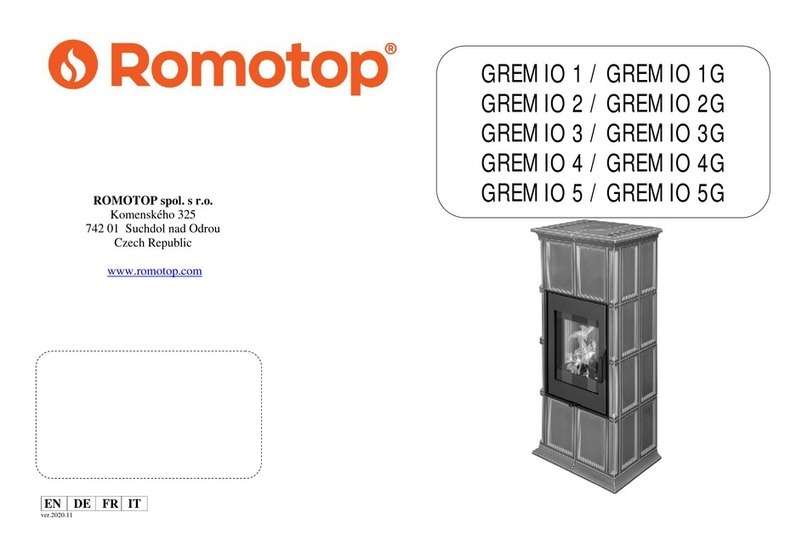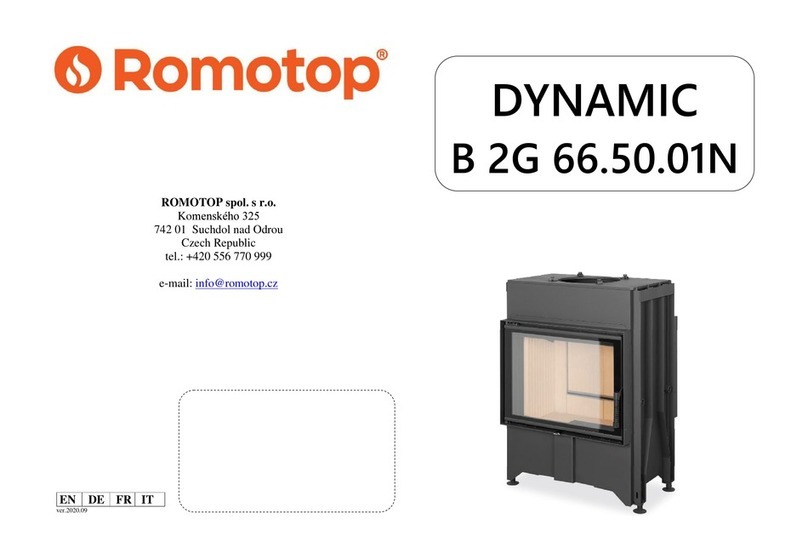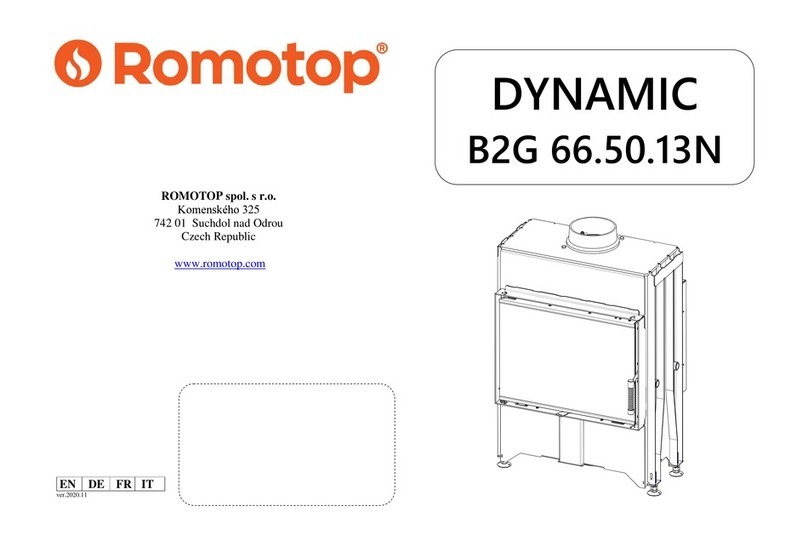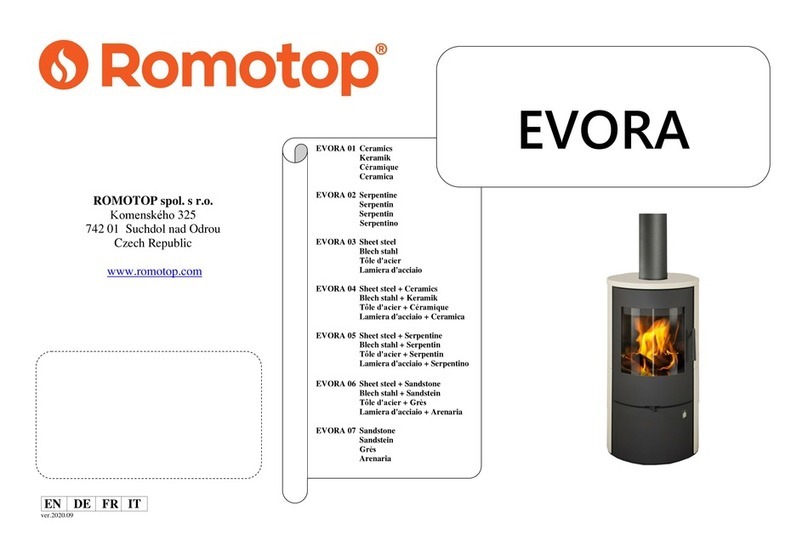
EN DE FR IT
Product name Produktbezeichnung Nom du produit Nome del prodotto BARACCA 10
Dimensions HxWxD (mm) Abmessungen HxBxT (mm) Dimensions HxLxP (mm) Dimensioni AxLxP (mm) 1462 x 854 x 525
Weight (kg) Gewicht (kg) Poids (kg) Peso (kg) 291
Product name Produktbezeichnung Nom du produit Nome del prodotto BARACCA 11
Dimensions HxWxD (mm) Abmessungen HxBxT (mm) Dimensions HxLxP (mm) Dimensioni AxLxP (mm) 1462 x 854 x 525
Weight (kg) Gewicht (kg) Poids (kg) Peso (kg) 320
Product name Produktbezeichnung Nom du produit Nome del prodotto BARACCA 10 H
Dimensions HxWxD (mm) Abmessungen HxBxT (mm) Dimensions HxLxP (mm) Dimensioni AxLxP (mm) 1749 x 854 x 525
Weight (kg) Gewicht (kg) Poids (kg) Peso (kg) 323
Product name Produktbezeichnung Nom du produit Nome del prodotto BARACCA 11 H
Dimensions HxWxD (mm) Abmessungen HxBxT (mm) Dimensions HxLxP (mm) Dimensioni AxLxP (mm) 1749 x 854 x 525
Weight (kg) Gewicht (kg) Poids (kg) Peso (kg) 354
Completed legislation Abgeschlossene
Gesetzgebung eLegislazione completata -
EN 13 240 / EN 16 510 - 1 / 15a B-VG / DIN + / BImSch V 2 / Ecodesign / Flamme Verte 7* / Aria Pulita 4*
Eco-design (%) (%) -conception (%) Eco-design (%) 70,1
EEI EEI EEI EEI 106,1
Energy Label Energielabel Etichetta energetica A
Prescribed fuel Vorgeschriebener Brennstoff Combustible prescrit Combustibile prescritto Piece wood /
Morceau de bois / Pezzo
di legno
Fuel length (mm) (mm) Longueur de carburant (mm) Lunghezza del carburante
(mm) 180 - 350
Average wood consumption (kg/h)
Durchschnittlicher
Holzverbrauch (kg(h) Consommation de bois moyenne
(kg/h) Consumo medio di legna
(kg/ora) 1,78
Input achieved (kW) Erreichte Leistungsaufnahme
Puissance obtenue (kW) Potenza ottenuta (kW) 7,4
Max. allowed wood batch (kg/h) Max. erlaubte Holzzuladung
(kg/h)
Dose massima di legna
consentita (kg/ora) 2,3
Fuel supply interval for the rated
output
Zeitabstand der
Brennstof
Nennleistung
combustible
pour la puissance nominale
Intervallo fornitura
combustibile per potenza
nominale
ora
The greatest height of the filling
1/3 of the firebox Hauteur maximale de la charge
1/3 de la hauteur du foyer Altezza massima caricamento
1/3 -
Fuel delivery method Art der Brennstoffbeschickung
combustibile
manually, von Hand,
manuellement,
manualmente
Amount of combustion air (m3/h) Menge an Verbrennungsluft
(m3/h)
(m3/h) (m3/h) 22,6
Nominal heat output (kW) (kW) Puissance nominale (kW) Potenza nominale (kW) 5,9
Total regulated output (kW) Reg. Gesamtleistung (kW) Ren Potenza totale regolata (kW) 3,0 7,7
Exchanger output (kW) Austauscherleistung (kW) Potenza dello scambiatore
-
Regulated output of the hot water
exchanger (kW) Reg. Leistung des
Warmwassertauschers (kW) eau chaude (kW)
Potenza regolata dello
scambiatore ad acqua calda
-
Filling volume (litres) iter) Volume du remplissage (litres) Volume del riempimento (litri)
-
Max. operating overpressure (kPa)
Max. Betriebsdruck (kPa) Surpression de fonctionnement
max. (kPa) (kPa) -
Efficiency (%) Wirkungsgrad (%) Rendement (%) Efficienza (%) 80,1
Mass flow rate of dry flue gases
(g/s) Massendurchfluss der
trockenen Abgase (g/s) combustion secs (g/s)
Flusso peso combustibile secco
(g/s) 5,6
Dry flue gases mass flow to
calculate the flue path (g/s)
Massendurchfluss von
trockenen Abgasen den
Portata massica dei fumi secchi
per calcolare il percorso dei
7,6
Average flue-gas temperature
Durchschnittliche
Abgastem de combustion ( Temperatura media gas
252
Average flue gas temperature after
Flue pipe
Durchschnittliche
Abgastemperatur hinter dem
de combus
Temperatura media gas
comburenti dietro l
262
Flue draught (Pa) (Pa) (Pa) Tiraggio del camino (Pa) 12
EN DE FR IT
Dust at O2 = 13%
(mg/Nm3) Staub bei O2= 13 %
(mg/Nm3) 2= 13%
(mg/Nm3) Polv 2= 13 %
(mg/Nm3) 24
The concentration of CO
gases at O2= 13% (mg/Nm3)
CO Konzentration in den
Abgasen bei O2= 13%
(mg/Nm3)
Concentration en CO dans les
ion pour O2=
13% (mg/Nm3)
Concentrazione CO nei gas
comburenti
= 13 % (mg/Nm3) 837
The concentration of CO
in the flue gases
at O
= 13% (%)
CO Konzentration
in den Abgasen
bei O
= 13% (%)
Concentration en CO dans les
pour O2=
13% (%)
Concentrazione CO
nei gas comburenti
O
= 13 % (%) 0,0670
CO2 (%) CO2 (%) CO2 (%) CO2 (%) 9,19
OGC - 02=13% (mg/m3) OGC - 02=13% (mg/m3) OGC - 02=13% (mg/m3) OGC - 02=13% (mg/m3) 25
NOx - 02=13% (mg/m3) NOx - 02=13% (mg/m3) NOx - 02=13% (mg/m3) NOx - 02=13% (mg/m3) 100
Connection height for rear
installation (mm) (mm) Hauteur de raccordement pour
(mm) Altezza di collegamento per
l'installazione posteriore (mm)
1352
Flue pipe diameter (mm) Rauchabfuhrdurchmesser (mm)
(mm) Diametro del condotto fumi
(mm) 150
Flue throat (mm) Flue Hals (mm) Flue la gorge (mm) Fumi gola (mm) 150
CAI diameter (mm) CPV-Durchmesser (mm) Diametro ACA (mm) 125
Dimensions of t
chamber HxWxD
(mm)
Feuerraum HxBxT
(mm) Dimensions de la chambre de
combustion HxLxP
(mm)
Dimensioni della camera di
combustione AxLxP
(mm)
340 x 506 x 210
Dimensions of the furnace
door HxWxD
(mm)
HxBxT
(mm) Dimensions de la porte du four
HxLxP
(mm)
Dimensioni della porta del
forno AxLxP
(mm)
-
Min. cross section of convect air
inlet for nominal output
(cm2)
Min. Querschnitt der
Konvektionsluftzufuhr f. die
Nennleistung
(cm2)
i r de
convection pour rendement
nominal
(cm2)
Sezione minima
de
convezione per la potenza
nominale (cm2)
-
Min. cross section of convect air
outlet for nominal output
(cm2)
Min. Querschnitt des
Konvektionsluftausgangs f.
Nennleistung (cm2)
convection pour rendement
nominal
(cm2)
aria di convezione per la
potenza nominale (cm2) -
Door design
(Right=1 / Left=2 / Sliding =3)
(Rechts=1/Links=2/Schieben
ation de la porte (
Gauche=2 / Coulissant = 3)
(Destra=1 / Sinistra=2 /
estraibile = 3) 2
Back door design (No=0 /
/ Left=2 / Sliding =3)
ign (Nein=0 /
Rechts=1 / Links=2 / Schieben
= 3)
Concept
(Non =0 / Droite=1 / Gauche=2 /
Coulissant = 3)
Design della porta posteriore
(No=0 / Destra=1 / Sinistra=2
estraibile = 3) 0
Distance from flammable
materials Abstand von
Brennstoffen Eloignement des Distanza da materiali
infiammabili
Side (mm)
Side with glass (mm) (mm)
Seitenglas (mm) (mm)
(mm) Laterali (mm)
Vetro laterale (mm) dS300
dS1 ---
Back (mm) Hinterwand (mm) (mm) Posteriore (mm) dR100
Front (mm) Frontwand (mm) Frontale (mm) Anteriore (mm) dP1200
From the ceiling (mm) Von der Decke (mm) Du plafond (mm) Dal soffitto (mm) dC750
Front to floor (mm) Front zum Boden (mm) De l'avant au sol (mm) Da fronte a terra (mm) dF670
Side - niche (mm) Seite - Nische (mm) - niche (mm) Laterali - nicchia (mm) dS2 100
Side - (mm) Seitliche Positionierung -
(mm) - (mm)
(mm) dS3 ---
Side radiation (mm) Seitliche Strahlung (mm) (mm) Radiazione laterale (mm) dL500
From the floor (mm) Von dem Boden (mm) Depuis le sol (mm) Dal pavimento (mm) dB195
Technical Sheet, Technisches Datenblatt, Fiche technique, Scheda tecnica Technical Sheet, Technisches Datenblatt, Fiche technique, Scheda tecnica






